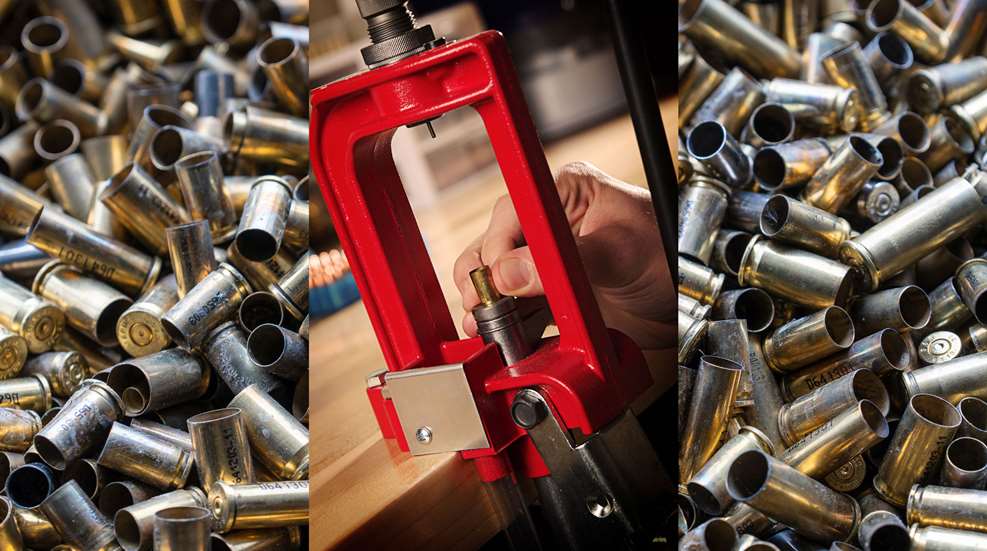
Reloading your own ammo has a lot of advantages. It usually saves you money, but it also allows you to customize a load precisely to what your individual rifle likes and focus on the specific attributes you’re looking for, be it reduced recoil or something else.
Manufacturers of ammo and components publish reloading recipes, but don’t let the word “recipe” fool you: This is not like cooking, where you can leave out the ingredients you don’t like, add more of the ones you do like, and season to your heart’s content. Reloading recipes are meant to be followed exactly.
This is a science, and a very specific one at that. The more you learn about reloading, the more you realize how much you still have to learn. That said, it’s not some mystical, impossible-to-understand process—it’s just very specific and deliberate. There are rules that absolutely must be followed for safety.
If you’re going to start reloading, get yourself some books, read them thoroughly so you understand the do’s and don’ts, and stick with published recipes to start. “Leave experimentation to the professionals,” Speer says on its website. “Published data is FACT. It is not a jumping-off point for wild experimentation.”
Using the wrong kind of powder or the wrong amount of powder in your reloads, as an example, can be disastrously unsafe. The reloading manual you are following will list a minimum and maximum for every powder that’s suitable for every cartridge. Do not go outside these parameters, and do not mix powder types.
Be careful whose load data and recipes you use. Stick to manufacturers and well-known reloading manuals. Pay no attention to that guy on the online message board who is touting this hot new recipe he’s discovered, no matter how smart he makes himself sound. You can’t even safely take recipes from your buddy who’s a very experienced reloader, because his gun and your gun aren’t the same and might not handle the same maximum load.
Your reloading manual will tell you certain information about your given cartridge:
- Its overall length and brass trim length
- The types of primers you can use
- The types of projectiles you can use
- Minimum and maximum amounts of powder to use for each powder type/brand
- The range of velocity and PSI you can expect from a reloaded round
Projectile and powder manufacturers also publish data regarding the expected velocity from each combination of projectile and brand of powder, like this sample chart from Hornady. Hodgdon has a calculator on its site that will feed you load data based on the cartridge, bullet weight, manufacturer and powder.
These are all basic ways to get a reloading recipe, and for safety, start at the bottom of the powder range your recipe gives you and work your way up until you find what performs well in your gun, never exceeding the maximum load listed.
Once you find a recipe that works, stick to it. You cannot safely swap out a different brand of powder in your usual recipe—you need a whole new recipe. You cannot change the weight of the projectile you’re using in your usual recipe—you need a whole new recipe. These recipes (load data) are not difficult to obtain, so just go get the proper one that suits your needs. Do not go playing fast and loose with reloading recipes—it can quite literally backfire on you and cause serious injury.
Bottom line: Reloading recipes are not to be fiddled with. You’re not a professional ballistician. Follow a manufacturer-published recipe precisely and don’t go off-script for safety reasons.















































